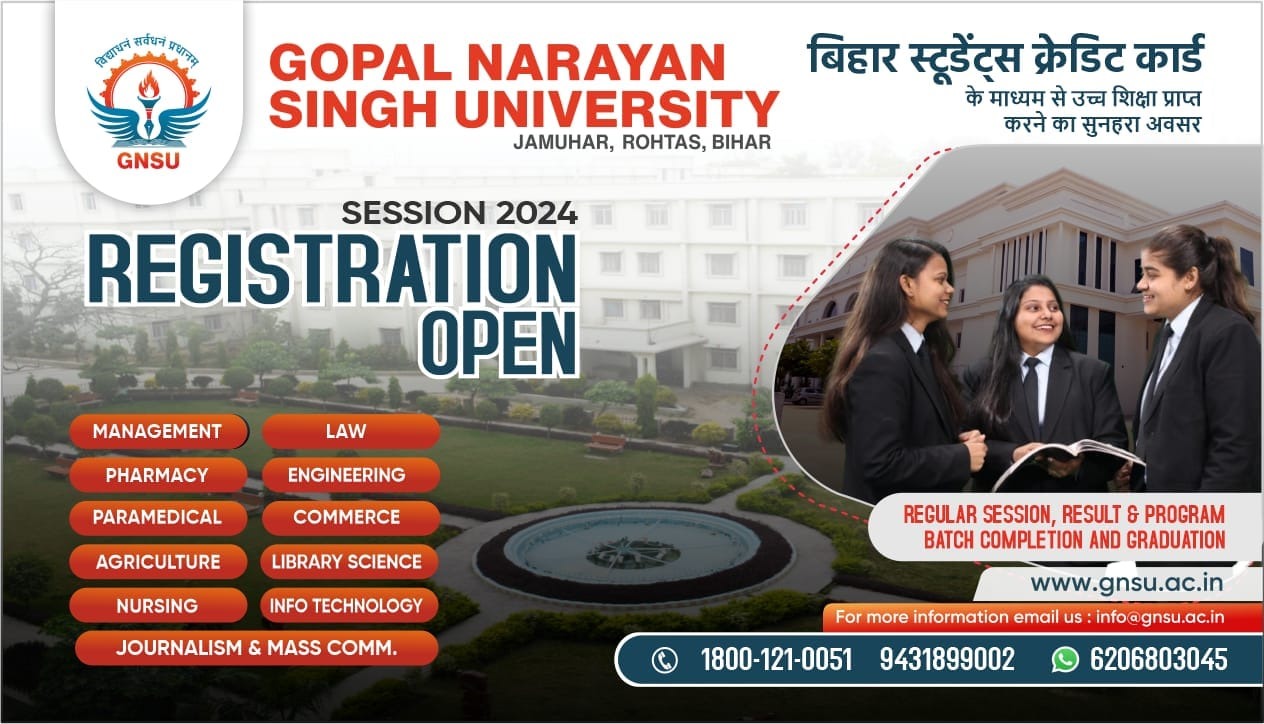
Siddharth Nagar District Uttar Pradesh
History of Siddharth Nagar, Uttar Pradesh
Etymology
The district was named after prince Siddhartha, the pre-enlightenment name of Buddha, as he spent his early years (till the age of 29 years) in Kapilavastu, parts of which included territory in this district.
History
Siddharthnagar district was carved out on 29 December 1988 by bifurcating Basti district. The new district comprised the Northern part of the erstwhile Basti district.
Today's Piprahwa (22 km from Siddharthnagar) is identified with ancient Kapilvastu where Lord Buddha spent the early years of his life. Kapilvastu was the capital of the Shakya clan whose ruler was the father of Lord Buddha, and therefore Lord Buddha is also called as Shakyamuni. The Sakya domain was one of the sixteen independent principalities of the 6th century BC.
Prince Gautam, as the Buddha was then known, left his palace in Kapilvastu at the age of 29, and revisited in 12 years later, after attaining enlightenment.
Today, Kapilvastu comprises several villages, mainly Piprahwa and Ganvaria. A large Stupa stands at the ancient site which is said to have housed the bone relics of Lord Buddha. The presence of these relics is testified by an ancient Brahmi inscription found at Piprahwa. The ruins of the royal palace are spread over a large area. Excavations by archaeological survey of India have revealed the relation of this place to the Kushan period. An excavated stupa bears text that proves the existence of an ancient monastery named Devaputra in this place. Two mounds have also been excavated at only a little distance (1.5 km) from this village which, is considered to be the ruins of King Suddhodhana's palace.
Notable individuals of the region include Baadshah Mehdi Hasan Khan (Khajuria), freedom fighter Qazi Adeel abbasi, Qazi Iftekhar Ahmad and Maulana Abdul Qayyum Rahmani. Saddened by communal riots and massacre during partition of India, Maulana Abdul Qayyum Rahmani, an eminent leader of Congress, abandoned politics and settled down in his native place village of Dudwania to spent his remaining life.
